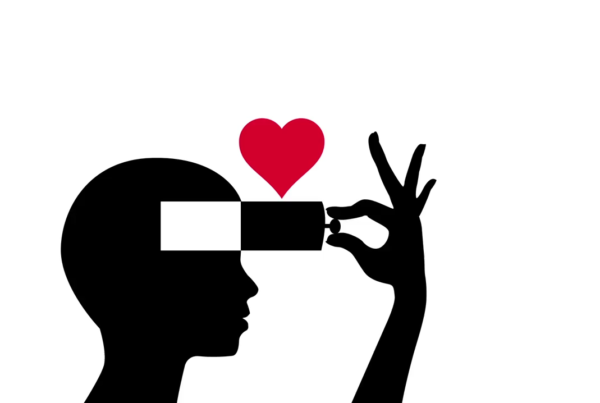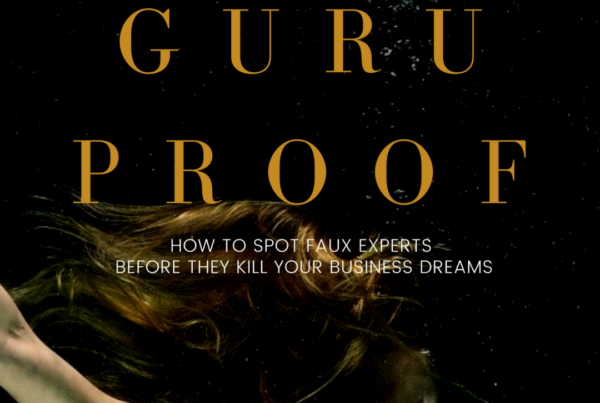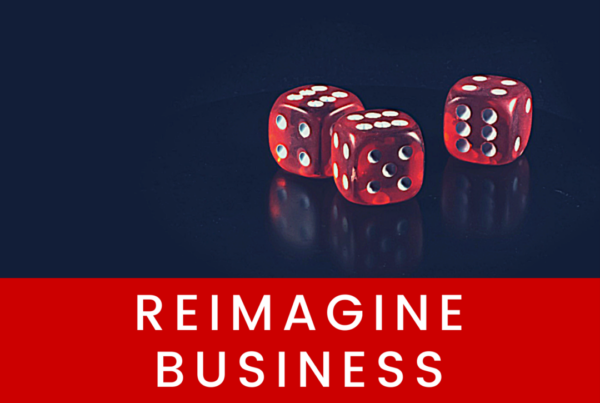
You cannot be everything to everyone but you can be the best something for someone.
Last month we looked at how to position your brand for success; next we’ll look at what’s involved in targeting your brand to reach its ideal customer.
Your first step, and one of the most important strategic branding decisions you need to make, was defining what your brand stands for (because a brand is never just a brand).
The next step, whether you want to or not, whether you like it or not (and regardless of the business you have), is to define a specific target market to reach. The more focused your market definition, the easier it will be to make sales and the more sales you will make.
How you define your target market drives critical areas of focus, two of which are:
1) the customers and prospects you’ll be going after
2) how you’ll serve those customers
If you make a mistake here (or worse, refuse to impose these limits on yourself), it could mean you will:
1) be spending time and money on people who will never buy from you
2) miss opportunities that you could have pursued
3) invest in developing skills and competencies that won’t yield a solid return
4) be unable to see opportunities where you can or could be the only player
5) over or under respond to your competitors
Once you’ve determined your target market, you define the pool of potential ideal customers using standard descriptions that tell you as much as you can learn about who these people who might buy from you really are. Traditionally, we break down the ideal customer by their:
- situational characteristics
- needs/values/attitudes
- behavioural characteristics and
- demographics
A real-life example
Here’s the breakdown of the ideal customer in the target market for our SMARTSTART Career Success Program:
SITUATIONAL CHARACTERISTICS: new grad, new hire, or making a career transition
NEEDS / VALUES / ATTITUDES:
Top 3 emotional needs: eliminate worry over making career-killing mistakes, address concerns about how to survive in the age of job insecurity, promote seeking a sense of self while working to provide for themselves and their families
Values: respect, professional recognition, advancement, competitive pricing, newness and innovation, socially and environmentally conscious
Positive attitudes: work/life balance, pay for performance, sense of contribution, feeling of discovery and #1 driver is having total control over their media
BEHAVIOURAL CHARACTERISTICS: technology and media savvy, social networking, invested in higher education and professional development, most engaged between hours of 8pm to 10pm, media usage split almost equally between internet and cell phones, they consume as voyeurs first, participants second
DEMOGRAPHICS: millenials (second largest group after Baby Boomers), born between 1980 and 2001, 74M of them with $350B to spend
What does it mean?
Based on comprehensive research, the target market/ideal customer will buy this program from us if it consistently delivers 4 things: competitive pricing, a do-gooder brand, newness and innovation, and a feeling of discovery. Which means the key to success in selling to this market is to take risks, be relevant and stay connected.
This is the kind of learning and high level thinking you have to do about your own target market and ideal customers.
Your chance of success in marketing a brand is greatly improved by knowing exactly what you plan to sell and to whom. When you focus exclusively on your best opportunities, you can make the best use of all your resources.
Don’t worry, you’re not excluding other markets – they’ll still be attracted to you in other ways. It’s just that if you try to be something to everyone, you’ll end up being nothing to anyone. That’s not the way to grow your business. Especially if you want it to provide you with a reliable revenue stream and personal income.
Remember: Your brand tells a story written in emotional shorthand. And it’s not what you say it is, it’s what they say it is. That’s because marketing is not what you are selling, it’s always about what people are buying.



